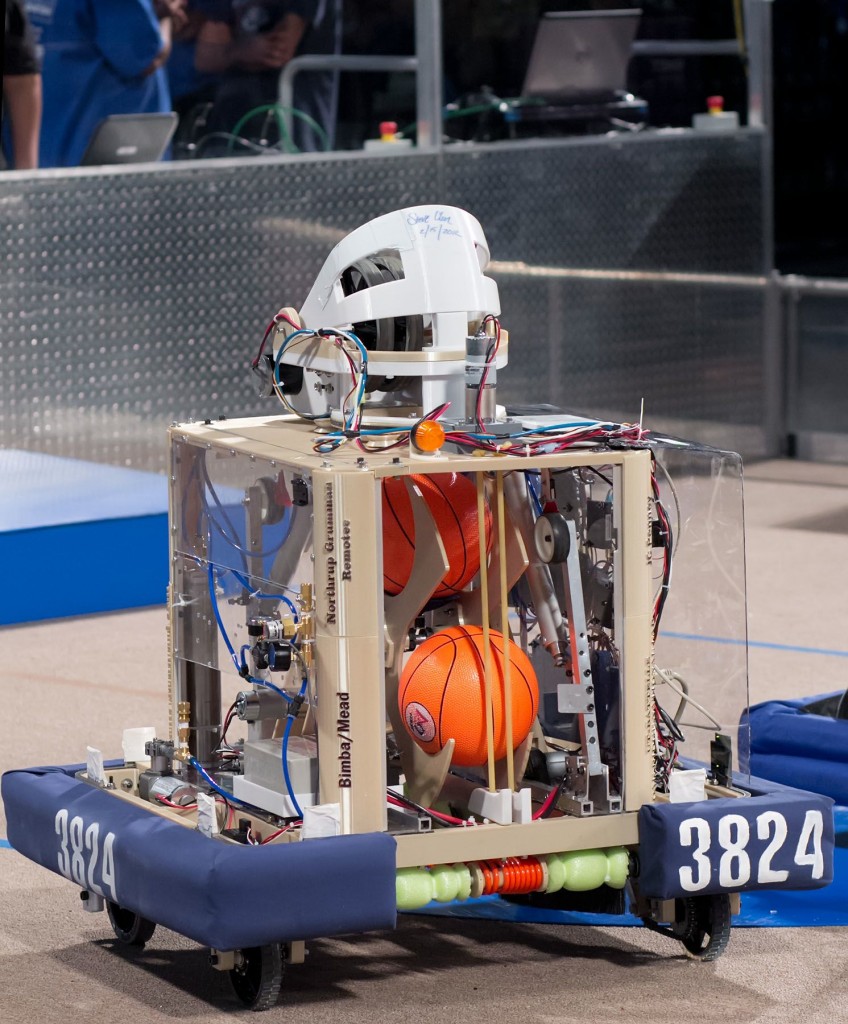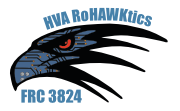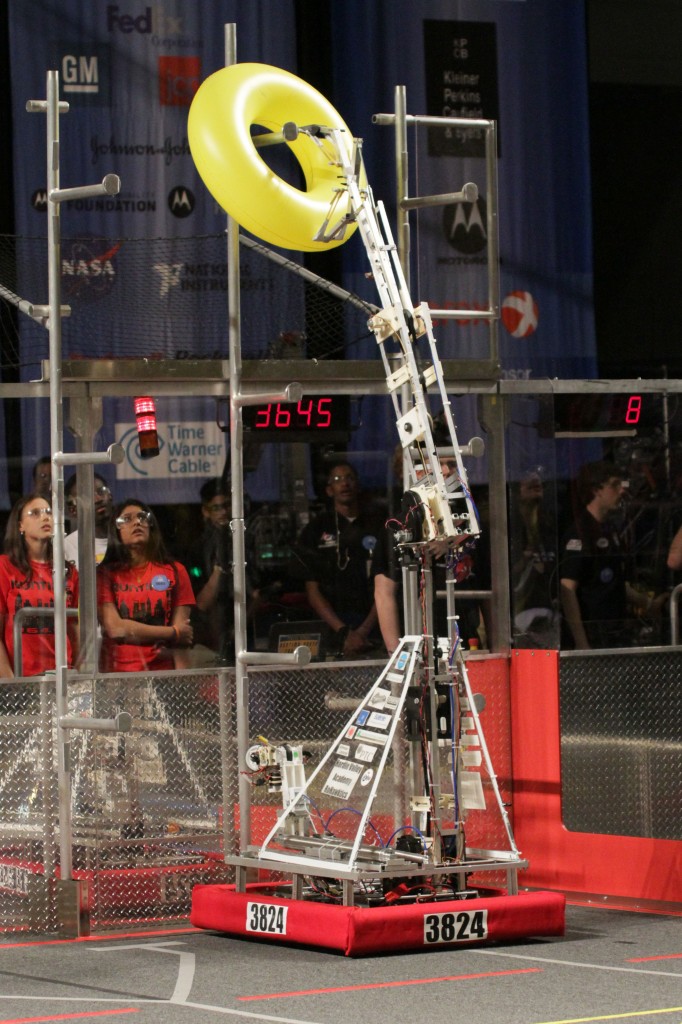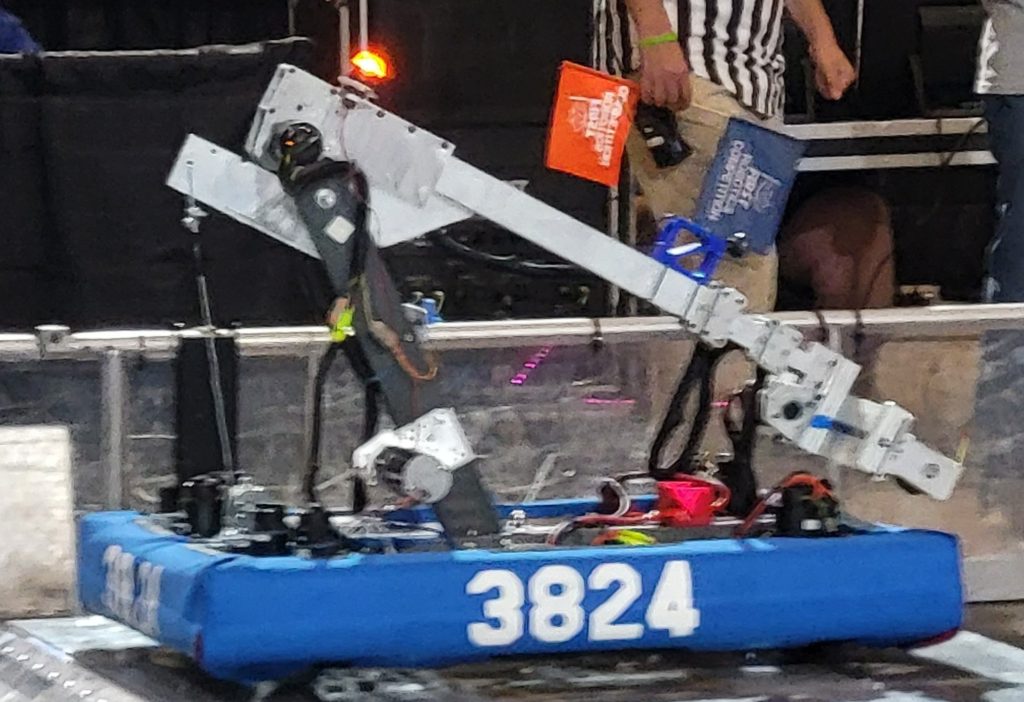
2023: “Charged Up”
Armageddon
A robot that uses a piston based grabber, and an extendable rotatable arm. The arm is mounted to the chassis with cold rolled steel and has added weights for a better center of mass. The robot uses SWERVE for increases maneuverability.
2022: “Rapid React”
Gary
Gary featured a 4-wheel swerve chassis, open Cargo intake, 2-motor launcher, and spring-hook climb system. The experienced drive team also developed Gary into a fierce defender, earning it a spot on the Finalist alliance at the new Electric City Regional and the Winner alliance at Smoky Mountains Regional, advancing to the Turing division at Championships.
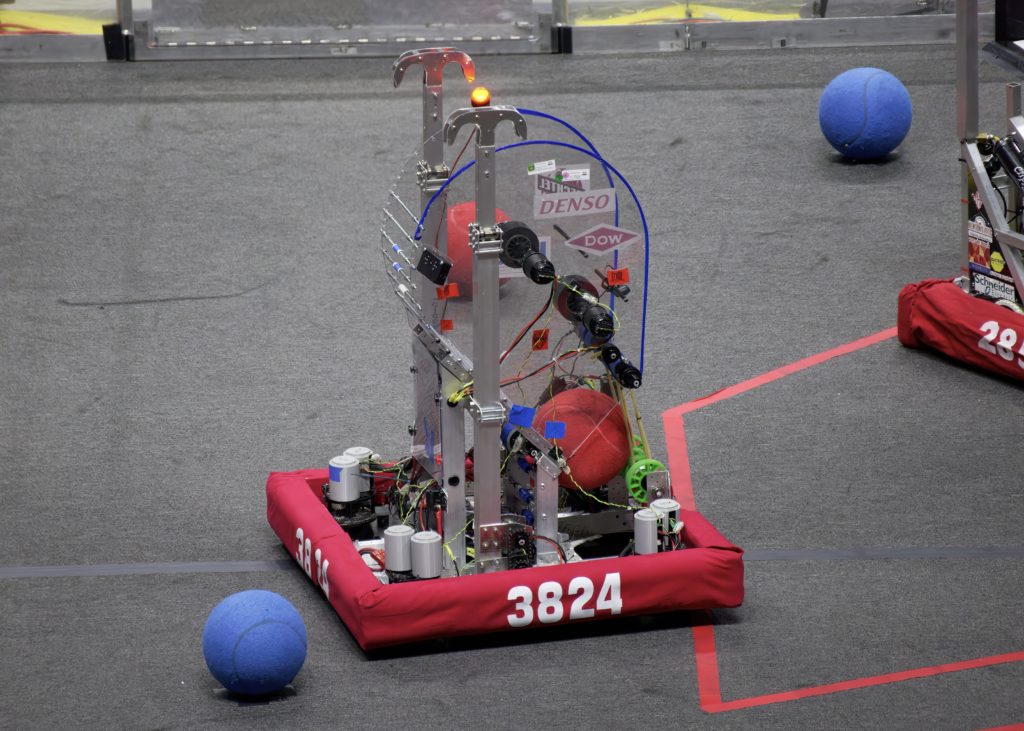
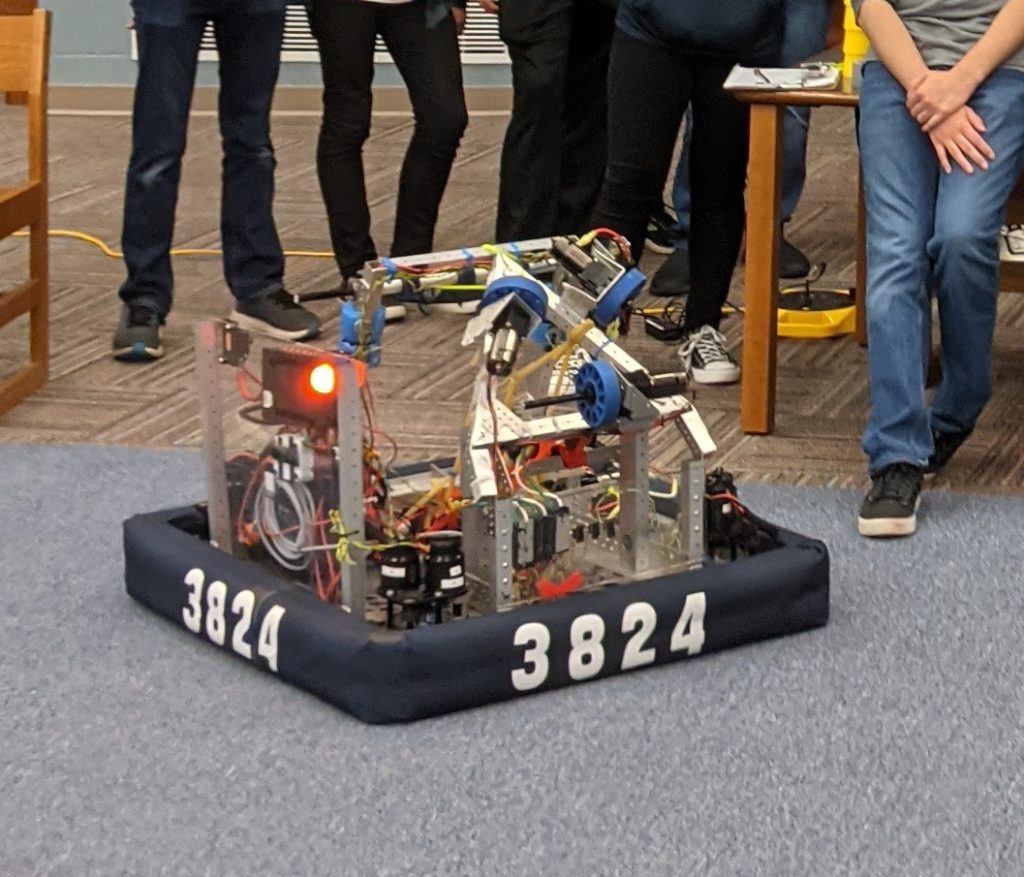
2021: “Infinite Recharge at Home”
Toblerone
Toblerone utilized a new swerve drivetrain to allow quick movement in any direction. Power cells were hand-fed into the launch mechanism and launched through the triangular launcher. The 2021 game was a series of challenges: driving, intake, launching, etc…, which were completed in the HVA library and submitted via video.
2020: “Infinite Recharge”
Alien X
This robot was named in honor of the 10th anniversary of our team’s creation, as well as the space theme of this year’s game. It can pick up and launch power cells as well as climb the generator switch. This robot competed through semi-finals at the Palmetto Regional before the rest of the 2020 season was canceled. This season also included our second ever regional Chairman’s Award.
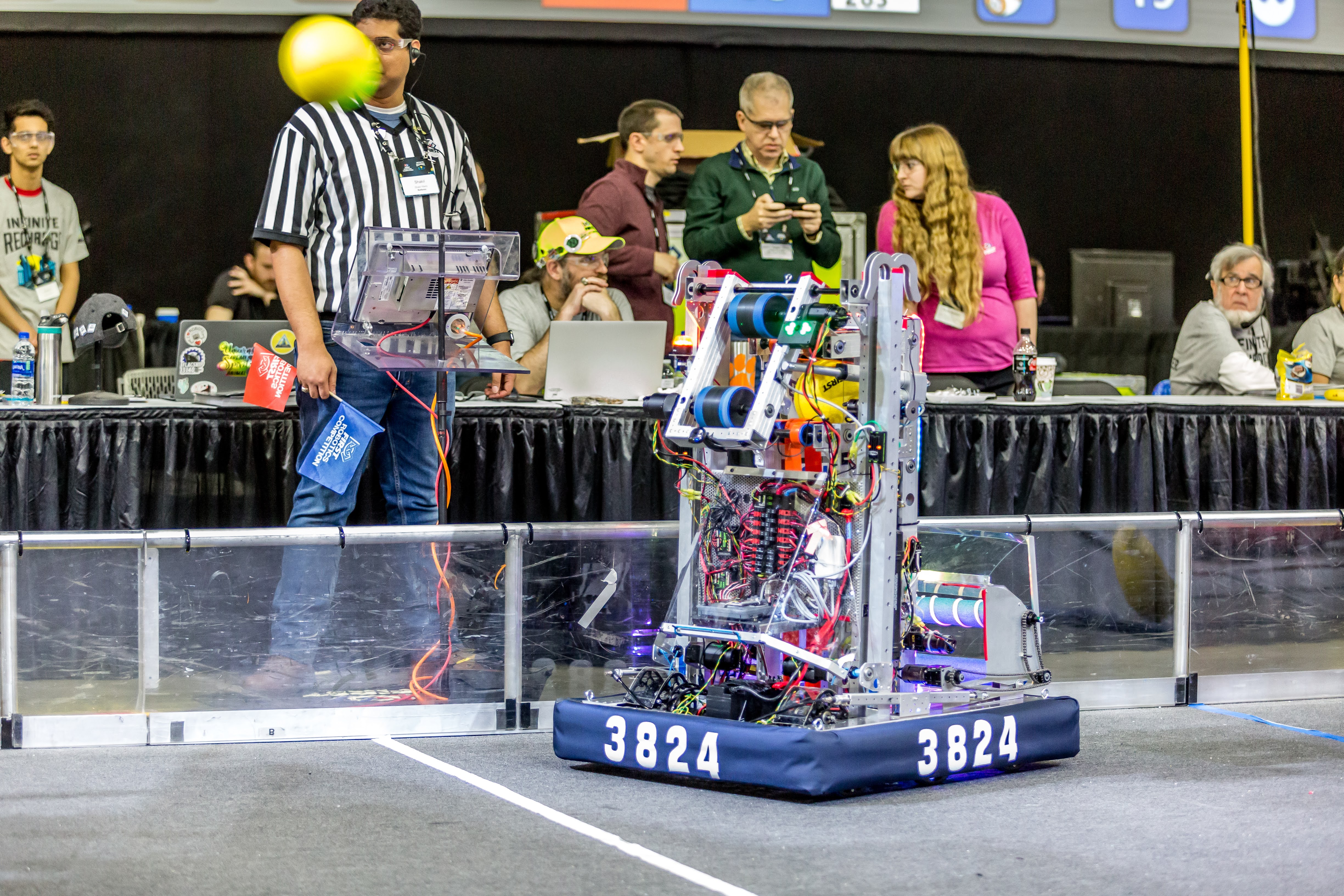
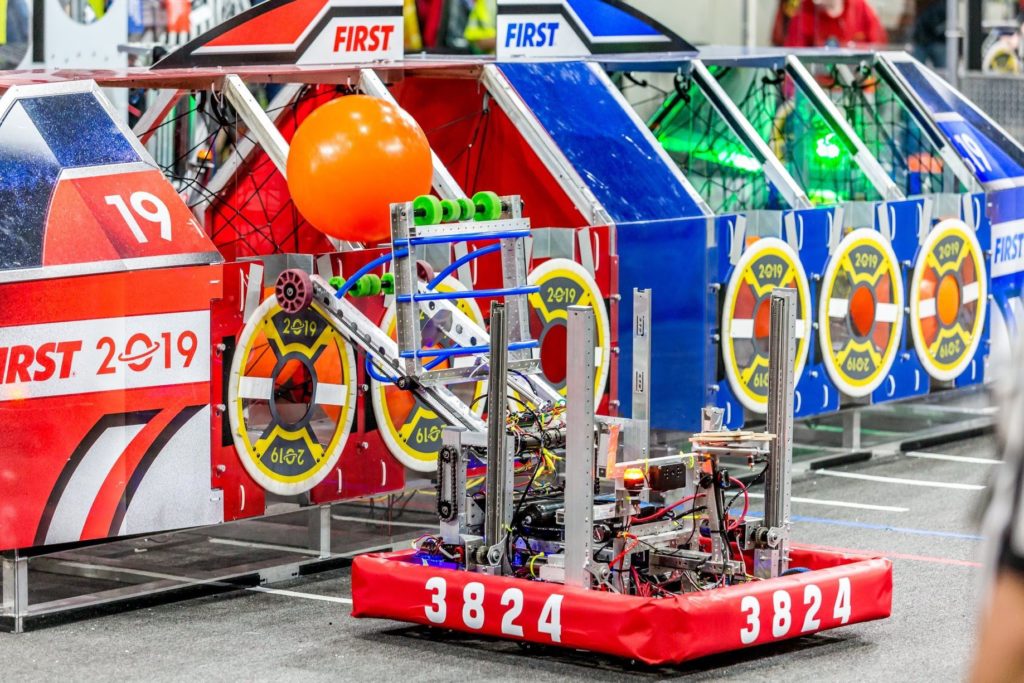
2019: “Destination: Deep Space”
HippoBOTamus
The 2019 robot got its name from its appearance. “It looks kinda like a hippo with green teeth.” It could manipulate game pieces from both sides, but proved to be a robot well suited for defense. This robot competed in the Houston world championship and made it to the quarterfinals in its division.
2018: “Power Up”
Porygon
Our 2018 robot was named after an 8-bit Pokemon in honor of the game’s theme. It was able able to quickly raise its arms to place on game elements while moving about the field. This season the team made it into the semi-finals at two different regionals.
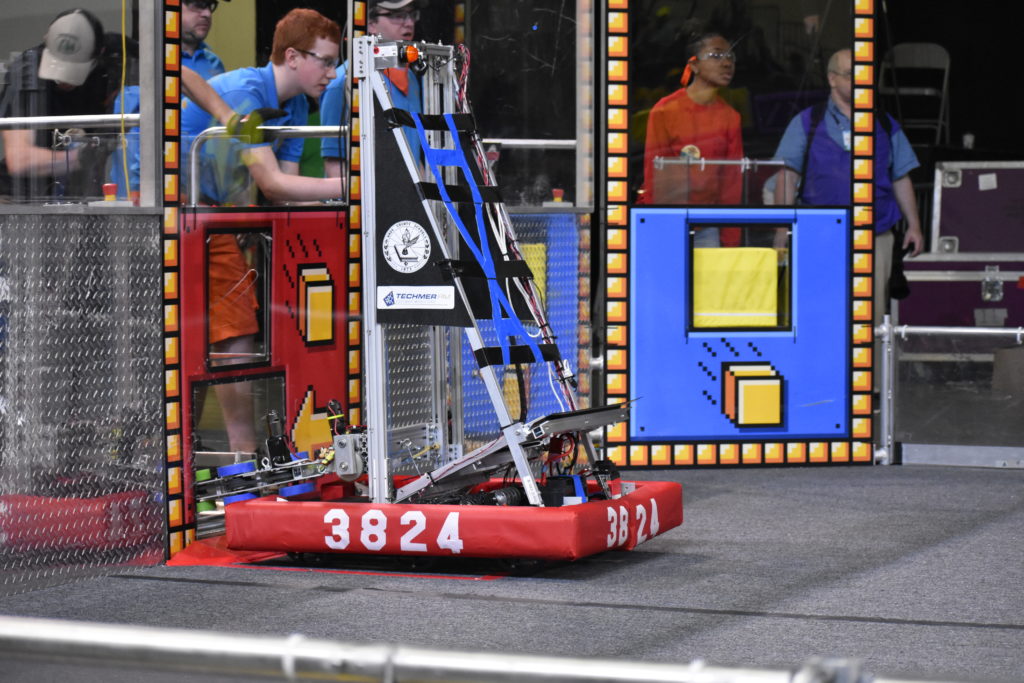

2017: “Steamworks”
Hawksteiger
3824’s 2017 robot allowed for the team to learn how to better integrate the different materials that they had explored in their previous year with their 3D printing prowess. The game was too defense oriented to justify a 3D printed chassis, but the parts that were printed never broke through out the season. This season also marked the team’s first ever Chairman’s Award win at a Regional level, and it’s first ever Dean’s List Award Finalist.
2016: “Stronghold”
Pultruder
Our robot from the 2016 game, unlike the previous year’s robot, was not primarily 3D printed due to the rough nature of the game. The chassis was made out of pultruded fiberglass, the same material as a fiberglass ladder. This robot won the Smoky Mountains Regional and attended the World Championships.
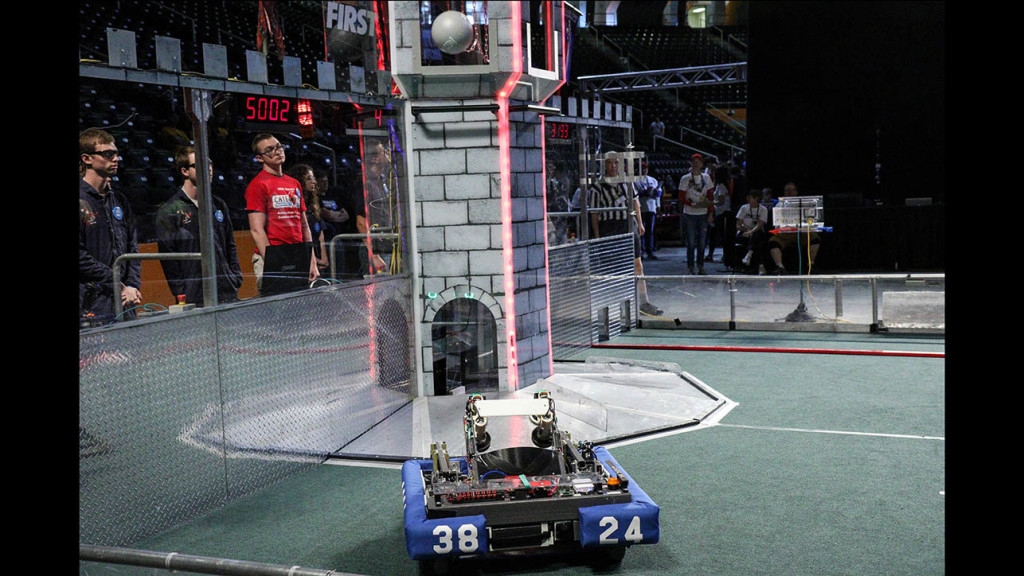
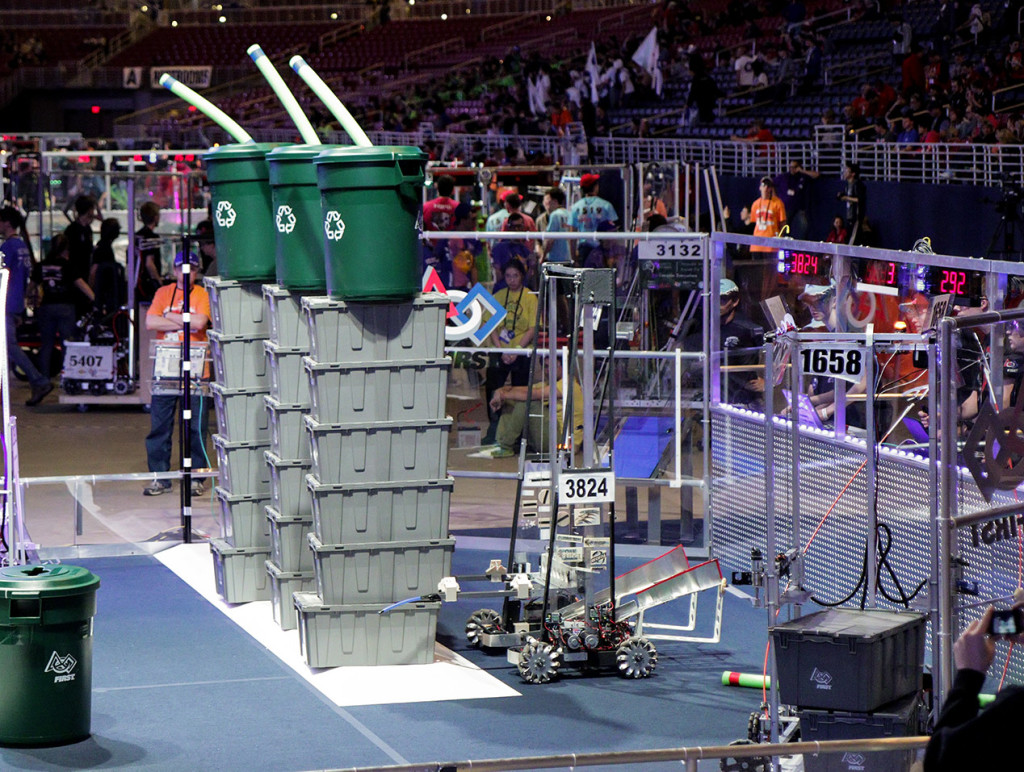
2015: “Recycle Rush”
BAAM Bot
Our robot from the 2015 game, outside of the motors and wires, was completely 3D printed. It was able to consistently stack and pick up the totes. Using this bot we able to get the highest score at Smoky Mountains Regional.
2014: “Aerial Assist”
Black Lotus
Our robot for the 2014 game, the “Black Lotus” is popular at outreach events. She also served as inspiration for the 3D printed car: The Strati.
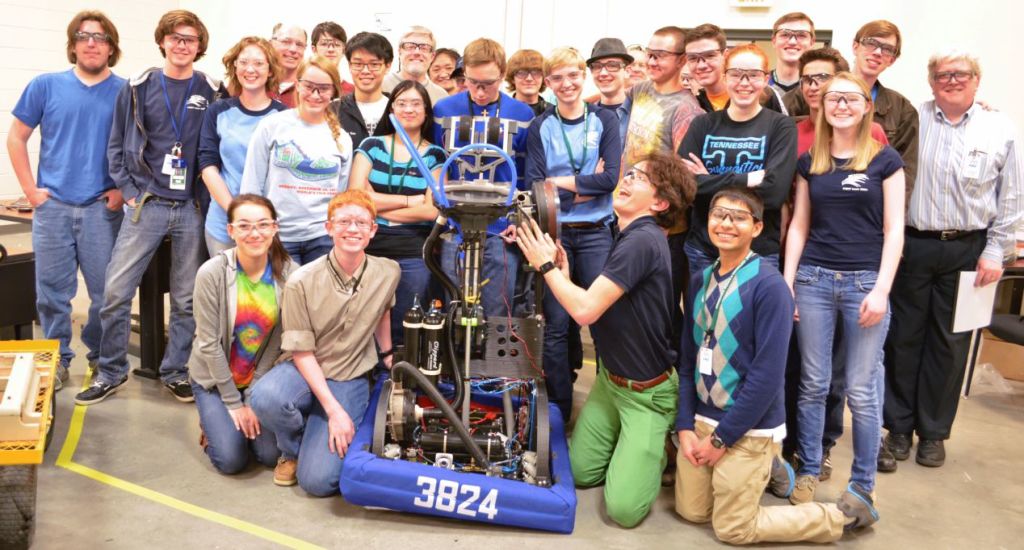

2013: “Ultimate Ascent”
Disk-O-Bot
Our robot for the 2013 game was capable of both climbing and firing a frisbee. Once again, this game required for the robot to be capable of accurately aiming in order to score.
2012: “Rebound Rumble”
Chu-ter
One of the key components to being successful in this game was the ability to consistently score goals. The 2016 game requires something similar to this. This robot was our first 3D printed robot. It was named after Steven Chu, Secretary of Energy. He saw a demonstration of this robot and signed it for us.
